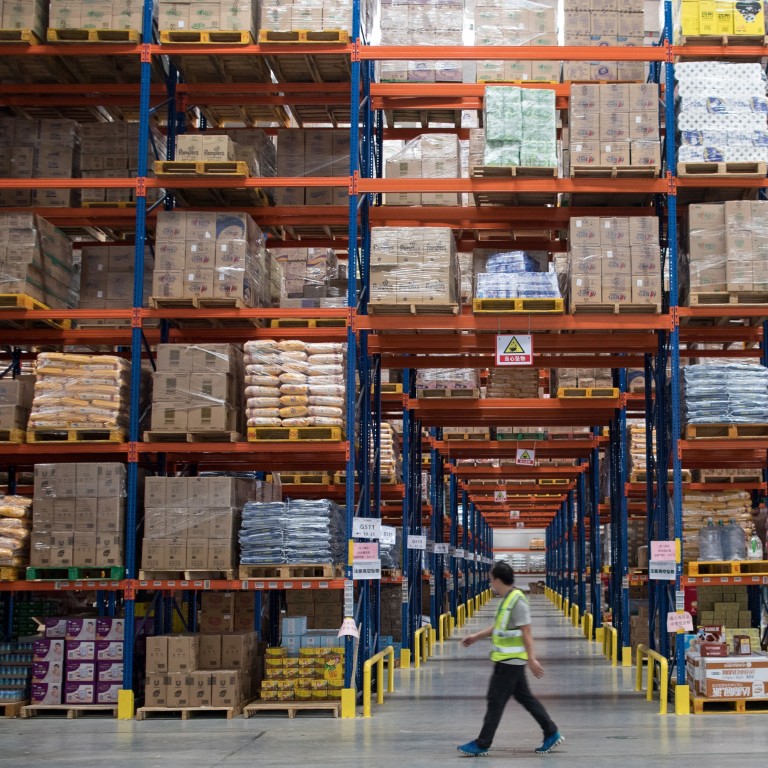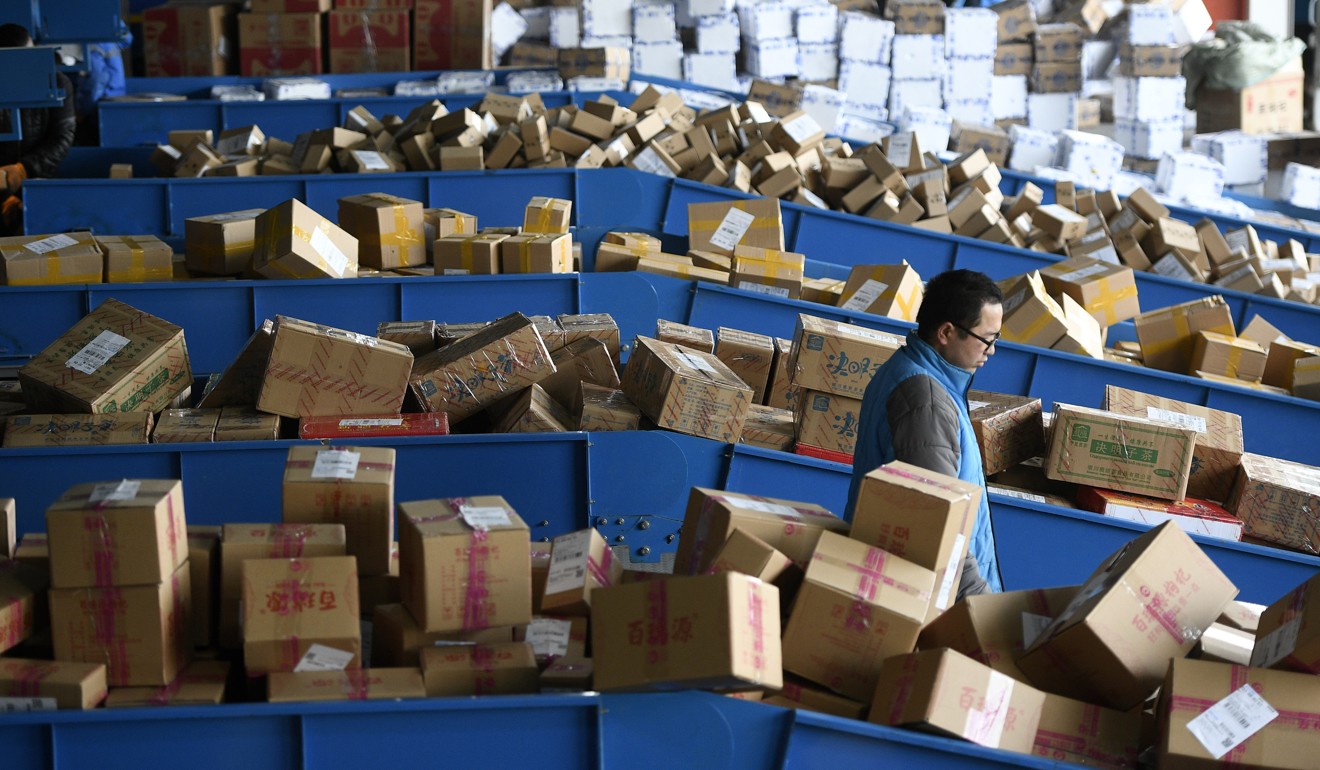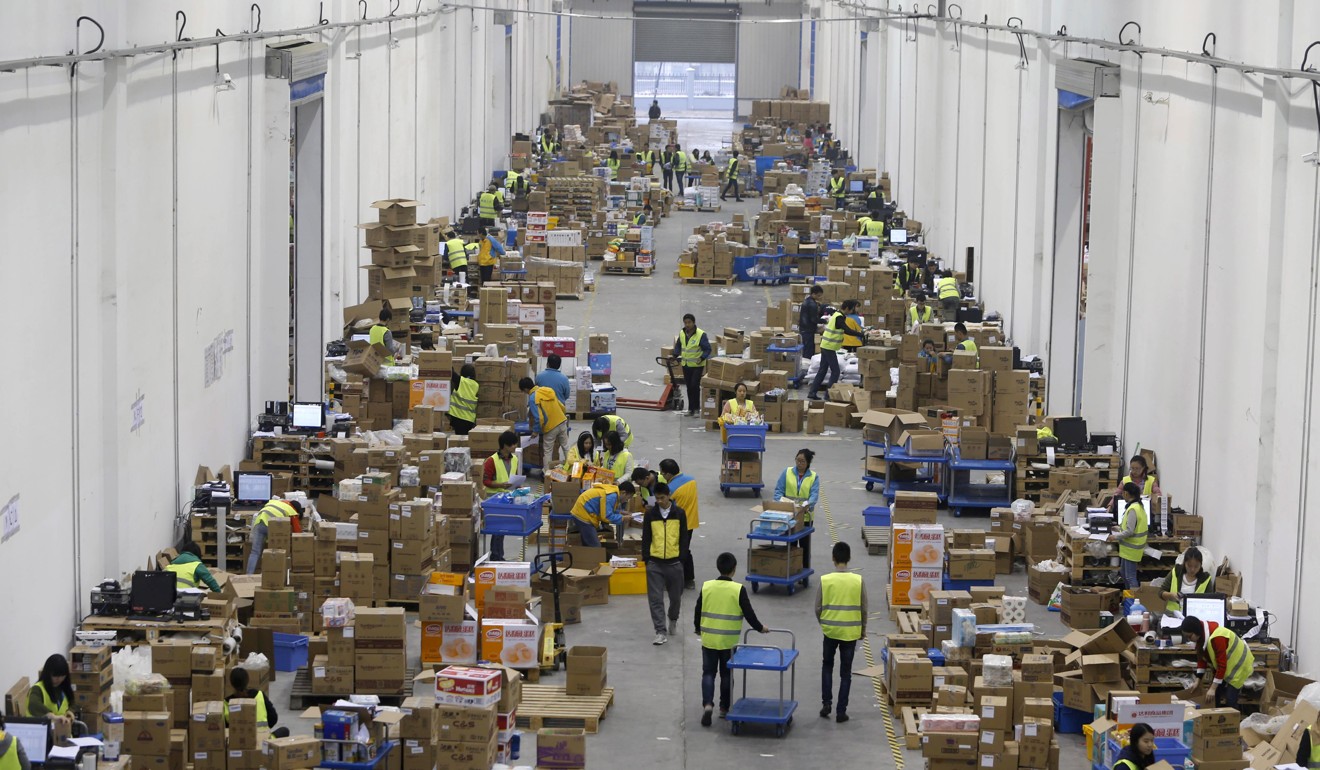
Sino-Ocean to launch a new fund targeting mainland logistics, warehousing
- China has a shortage of high-quality warehousing facilities, especially in areas surrounding first tier cities, according to Sino-Ocean
- Mainland China has just 12 to 13 per cent of the warehousing facilities available in the US
Sino-Ocean Capital, the investment arm of mainland developer Sino-Ocean Group, is planning a new fund to tap into growing demand for warehousing properties amid the continuing rise of e-commerce.
The company plans to launch a 3 billion to 5 billion yuan (US$436.1 million to US$726.9 million) fund to acquire logistics properties in the second-half, said Lin Chuan, managing director of Sino-Ocean Capital, who oversees its private equity business.
“Real estate lies deep in Sino-Ocean’s DNA. One edge we have that normal private equity investors don’t is in acquiring sites and space that can meet the warehousing demand of logistics firms,” Lin said.
He added Sino-Ocean has a target of investing 48 billion yuan into logistics property over the next five years.
Mainland China’s fast-growing e-commerce business has generated strong demand for logistic space near major urban centres, drawing a surge of investment from real estate funds and e-commerce companies in recent years.
Sino-Oceanhas invested in nine logistic firms including cold-chain, inter-and intracity warehousing and delivery, and is now seeking to build up a foothold in warehousing, where assets are in short supply in the mainland. The company recently launched a 1.6 billion yuan logistics firm buyout fund, seeking to create a synergy with its logistics property investment.

The volume of high-quality warehouse space in China remains limited, with total stock at just 50 million square metres at the end of 2018, according to CBRE.
China has just 12 to 13 per cent of the high-quality warehouse space available in the US, or just 5 to 6 per cent in per capita terms. The current shortage is estimated at 34.5 million square metres, according to Sino-Ocean.
Nationwide rent for warehouse space has risen more than 20 per cent in the past five years, but in regions near big cities, these rents have jumped 20 per cent in the past year alone.
“The rent we offered is not necessarily cheaper but is more stable,” said Zhou Yue, managing director of Sino-Ocean Capital. “The stakes in logistics firms gives us an upper hand when we negotiate with local governments in buying land.”
Late last year Sino-Ocean Capital partnered with ZM Logistics to secure a massive industrial estate in Chongqing.

Lin said a persistent land shortage near big cities is one of the biggest obstacles to building up the needed facilities.
“International investors have been entering the market for a long time and have acquired large amount of prime land at low prices, when local governments were keen to attract industrial firms,” Lin said.
He added however that local governments have realised that the tax and employment benefits these firms can generate is low compared to hi-tech companies, and they are reluctant to offer land for logistics use.
Zhou said the return on logistics facilities is much higher when building a new site from the ground up. However, in first-tier cities and surrounding regions most sites have already been taken and it is more common to buy into projects that have already been built. The rental yield of Sino-Ocean properties, without calculating asset appreciation, could be as high as 6 to 8 per cent, outpacing returns on traditional commercial properties.
“The investment return slipped a bit recently, but logistics remains a highly sought-after asset,” Lin said.
(Corrects investment figure in the headline and the first paragraph of the story.)

